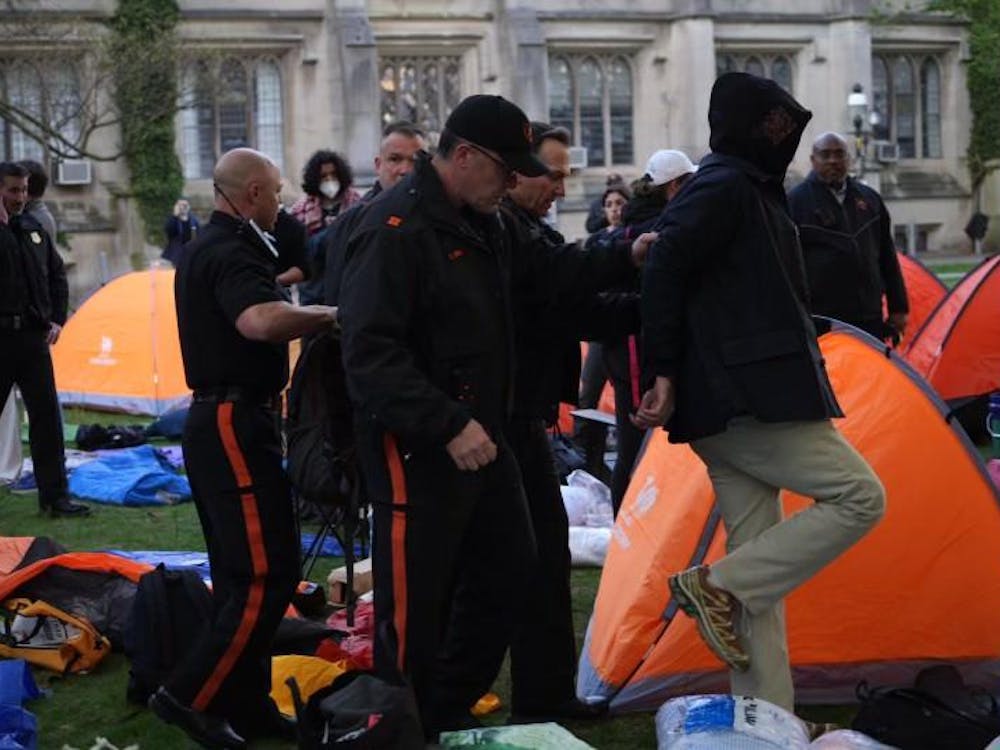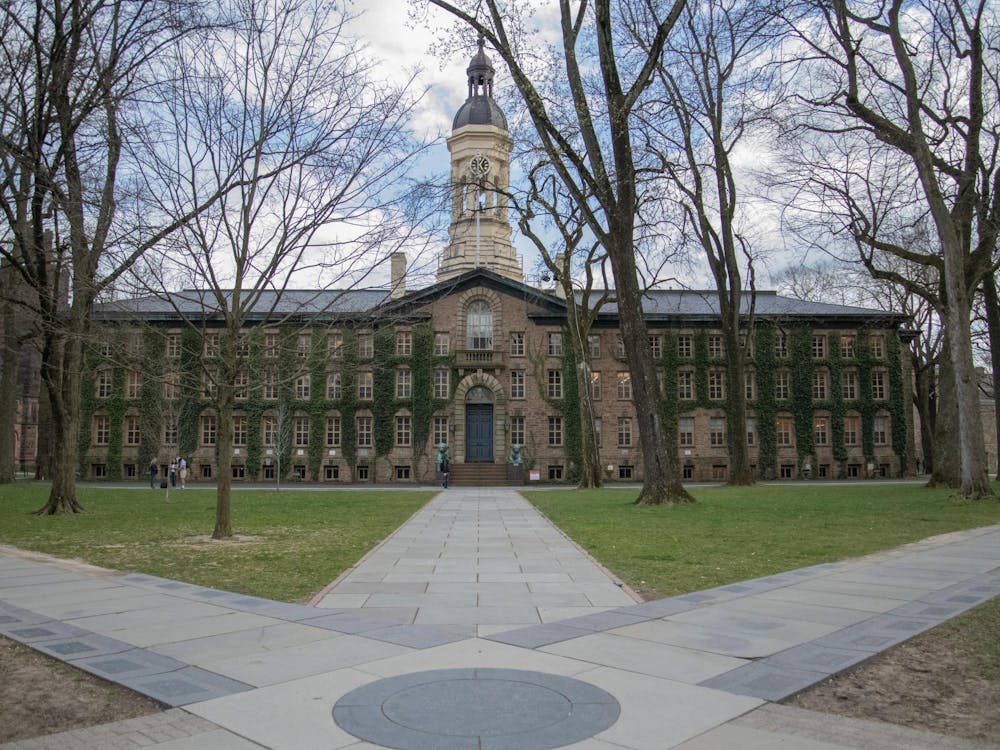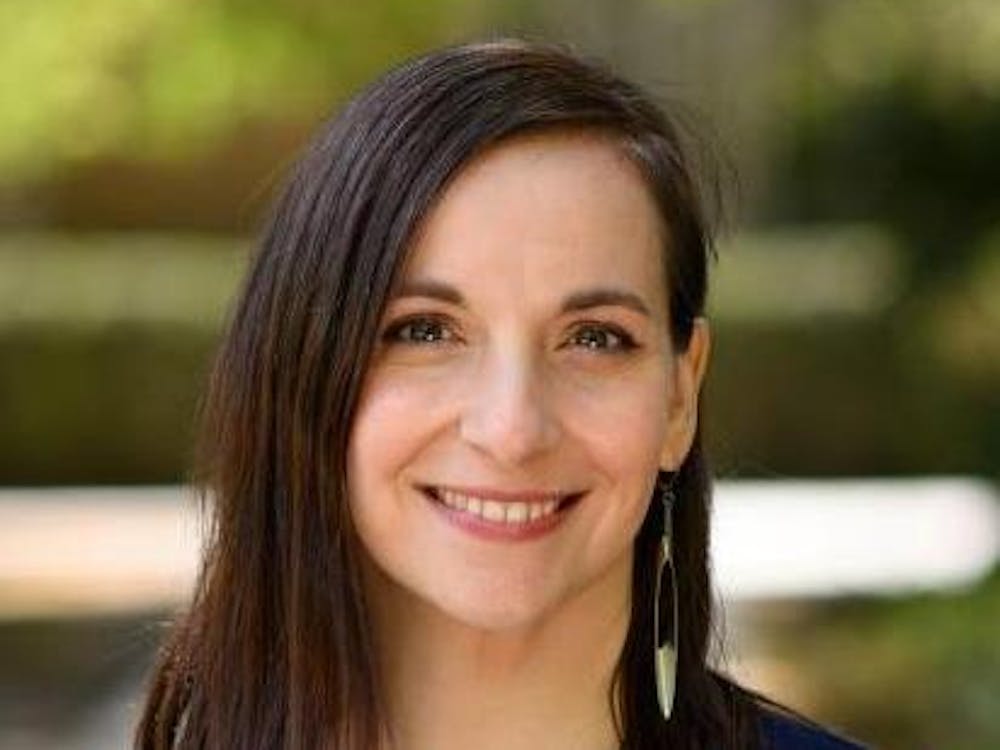“It is sometimes harder to make peace than it is to make war,” said former U.S. ambassador Daniel Kurtzer, the recipient of the 2017 Adlai Stevenson Award for his career in international service, in a talk to the University community on Thursday.
Kurtzer worked for almost three decades in the U.S. Foreign Service. He has primarily focused on the Middle East, serving as the U.S. ambassador to Egypt under former U.S. President Bill Clinton and the U.S. ambassador to Israel under George W. Bush. He is currently a professor in the Wilson School.
In his talk, Kurtzer, who was named winner of the 2017 Adlai Stevenson Award from the Princeton-Trenton area chapter of the United Nations Association of the United States of America, addressed a variety of issues from across his long and accomplished career. He particularly focused on conflict resolution.
“It's important to take a look at how the parties of a conflict [assess] for themselves what is at stake and how to influence the course of events in the subsequent peace process,” said Kurtzer.
Kurtzer broke conflict resolution down into four aspects: identity, past grievances, the perceived goals of the other party, and “the persistence or pervasiveness of human rights abuses.”
“How do you deal with human rights abuses that persist after a peace accord?” asked Kurtzer. As he stressed later in the lecture, “a durable peace requires governments to treat their people and those of their former adversary with respect.”
Kurtzer pointed out that although the relationship between the quest for peace and the quest for human rights may seem clear, it is actually quite complicated. In particular, it can be difficult to decide when a peace agreement should be created, and to decide whether it should address human rights abuses that took place before the agreement came into effect.
“Can there be peace without justice and can justice be achieved in the absence of peace?” Kurtzer asked.
Governments need to respect their own people and their former adversaries in any peace agreement if they want to create “durable peace,” Kurtzer added.
He pointed out some significant differences between agreements focused on human rights and those focused on ending conflicts. For human rights advocates, the goal is justice; meanwhile, conflict resolvers are only focused on achieving peace. Due to the distinct ways these two groups think, they go about their goals very differently, which sometimes puts them in conflict with each other.
However, Kurtzer said that “if we are going to have a peace process, we are going to have to deal with the people who are most challenging to achieving that peace.”
When answering audience questions, Kurtzer addressed topics relating to current events and political discourse.

“What is the upside of the president's decision?” asked Kurtzer of President Trump’s recent decision to move the U.S. Embassy in Israel to Jerusalem. “President Trump has isolated the United States from every other country in the world. The ramifications for U.S. diplomacy are profound and long lasting, unfortunately.”
“What the President said yesterday doesn't remove the possibility for a two-state solution or diminish its importance,” he added.
Kurtzer was not optimistic that the United States could help the world through “the bully pulpit” because of a lack of respect from the international community.
“The prerequisite for making that bully pulpit work is that we been seen as a leader internationally, that we be respected internationally,” Kurtzer said.
The lecture, which took place on Dec. 7 at 4:30 p.m., was co-sponsored by the Wilson School, the Program in Law and Public Affairs, and the Princeton-Trenton area chapter of the United Nations Association of the United States of America. It was open to all students and the public.








